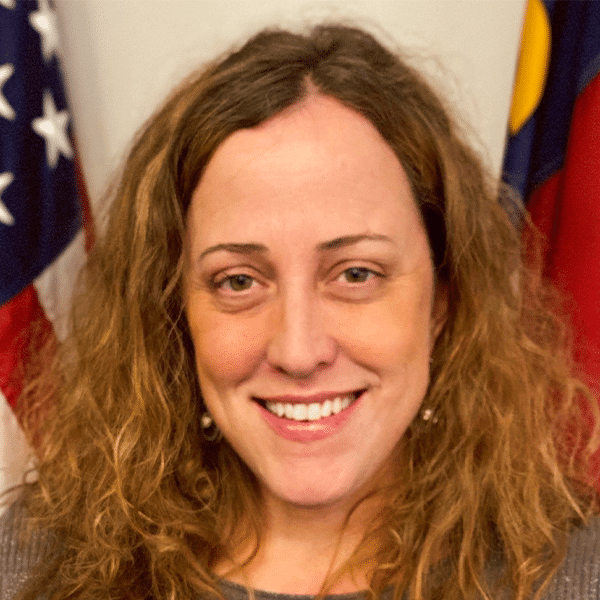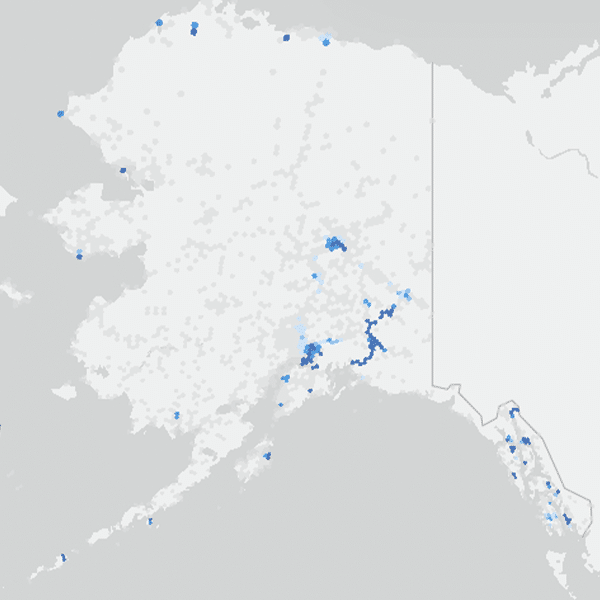 Letters from rural carriers have been pouring into the FCC to urge the commission to close the broadband A-CAM funding gap before the end of the year.
Letters from rural carriers have been pouring into the FCC to urge the commission to close the broadband A-CAM funding gap before the end of the year.
It was just about a year ago that more carriers than expected chose to participate in the A-CAM broadband program, which will pay part of a carrier’s costs to bring broadband to unserved areas based on a cost model. Carriers had the choice of moving to the A-CAM program or remaining on the traditional high-cost Universal Service Fund (USF) program, which pays a portion of carriers’ costs based on embedded costs.
Those moving to A-CAM funding also had to commit to specific broadband deployment goals, which were more aggressive than those for carriers remaining on the traditional program.
A-CAM Funding Gap
The higher than anticipated participation in the A-CAM program initially created a budget shortfall of $160 million for A-CAM carriers. The FCC freed up an additional $50 million from other portions of the USF program to yield a remaining $110 million shortfall. To address this, the commission reduced or delayed broadband deployment targets for A-CAM carriers, but also said it would consider making additional funding available, which would entail broader deployments.
Several of the letters sent to the FCC recently noted that when carriers accepted A-CAM support, they committed to deploying broadband to a specific number of additional locations if further funding were made available by December 31, 2017 – just over a week away. Some of the letters also note that if the carriers receive additional funding now, they will be able to design their network upgrades in the most efficient manner.
In several cases, multiple A-CAM carriers in a state sent a letter jointly to the FCC. These letters included state-specific details. A letter from Ohio carriers, for example, argues that if A-CAM carriers were fully funded, an additional 10.2% of rural customers in the state would gain access to broadband at a minimum speed of 25 Mbps downstream and 3 Mbps upstream. In addition, the number of A-CAM funded locations that would receive broadband only on “reasonable request” would decrease by 89%.
A letter from Virginia carriers offered similar numbers and provided some data points about the importance of broadband. The carriers cited research from the Appalachian Regional Commission that found that increasing broadband access 10 percentage points increases gross domestic product 1% and that 80 new jobs are created for every additional 1,000 broadband users.
Similar letters from A-CAM carriers in other states also went to the FCC.
High-Cost Program Shortfall, CAF Auction
Carriers remaining on the traditional USF high-cost program also face a funding shortfall, which NTCA – The Rural Broadband Association estimates to be about $100 million annually. Although carriers opting to remain on that program may not face the same December 31 deadline that those choosing A-CAM funding face, at least one FCC commissioner – Michael O’Rielly — has suggested that decisions about the two programs should be made in a “holistic manner.”
Rural carriers remaining on the traditional high-cost program also have been writing to the FCC to ask for additional program funding.
At a U.S. Senate hearing several months ago, stakeholders made a variety of recommendations about where the additional USF broadband funding required to close the funding gap could come from, including a legislative solution. But perhaps the most likely scenario is that the FCC would increase the contribution factor – the percentage of revenues that interstate voice service providers pay into the fund. Shirley Bloomfield, CEO of NTCA, argued that the increase required to fund broadband would be equivalent to the cost of one Starbucks coffee per year.
With the decision deadline for A-CAM funding looming, the FCC yesterday released a list of locations eligible for the Connect America Fund reverse auction, which according to a press release, is still targeted for 2018. That auction will award broadband funding rejected by the nation’s larger price cap carriers in 20 states. Funding will go to the carrier offering to deploy broadband for the lowest level of support.
Image courtesy of flickr user Neil Tackaberry.


